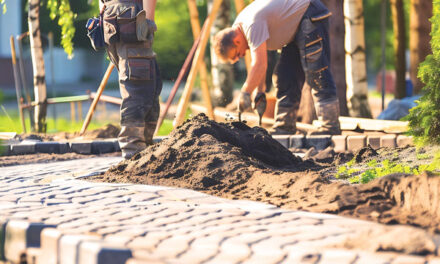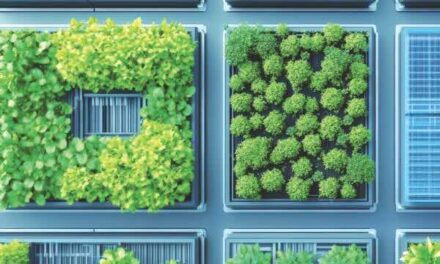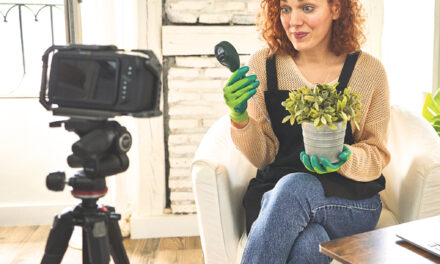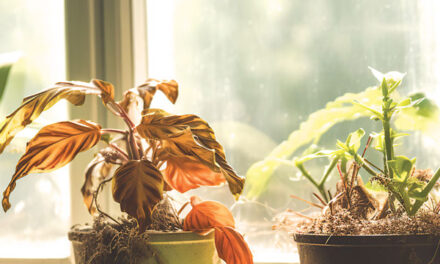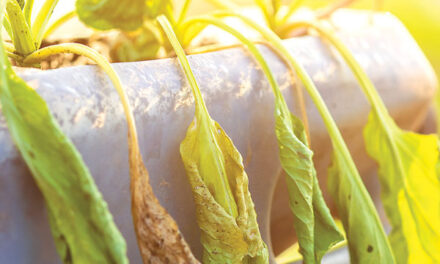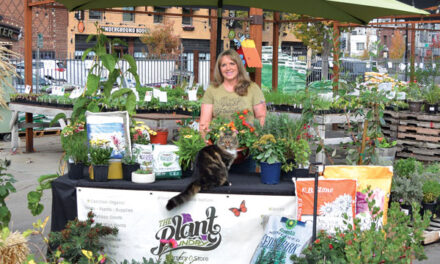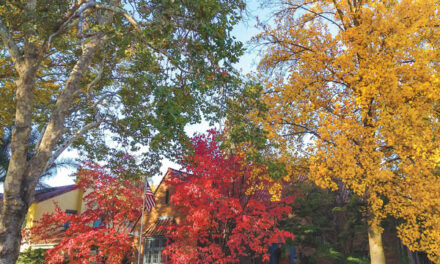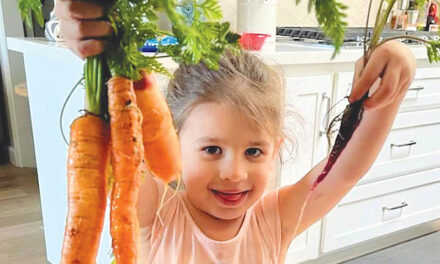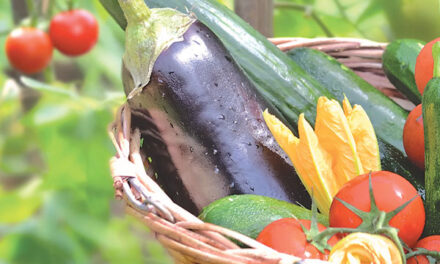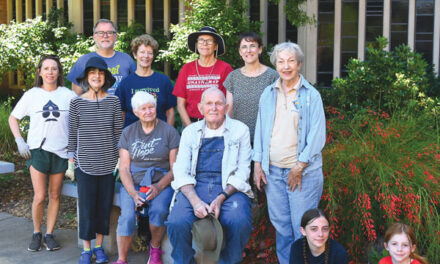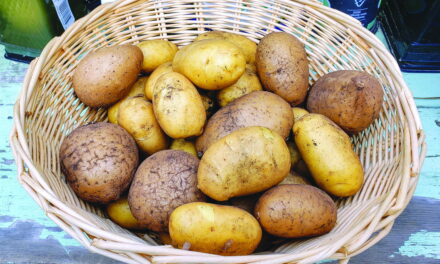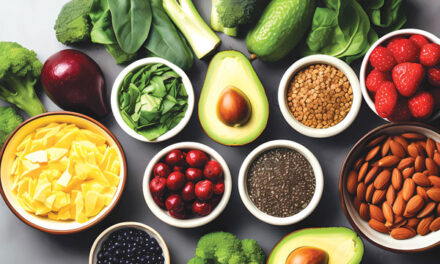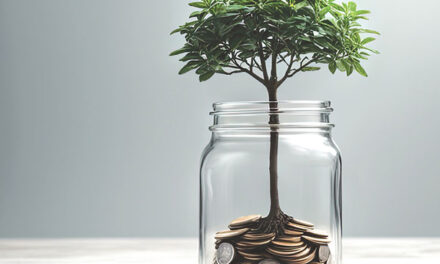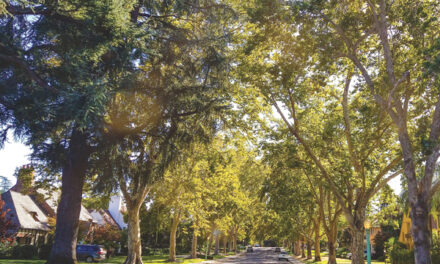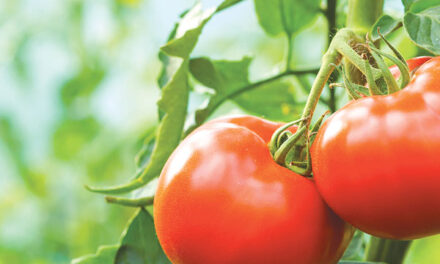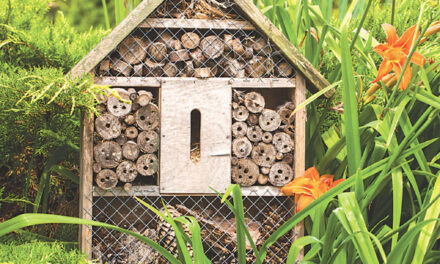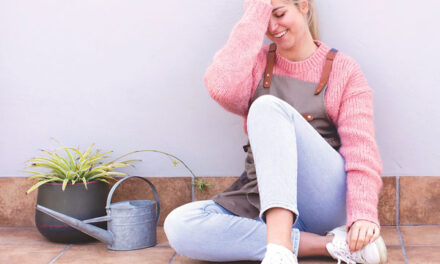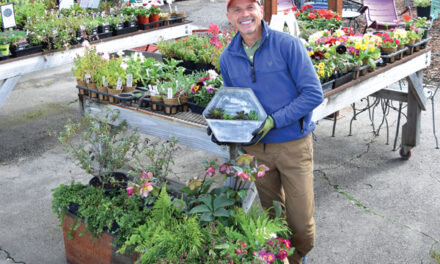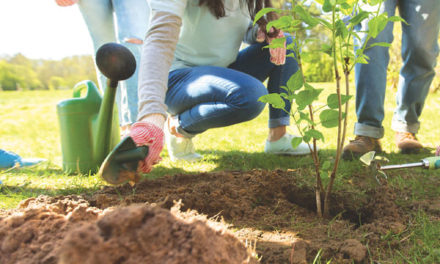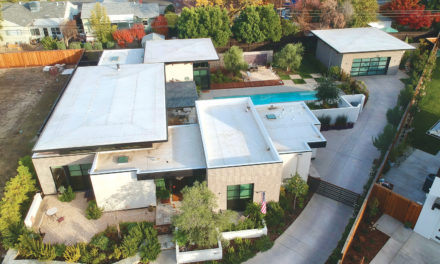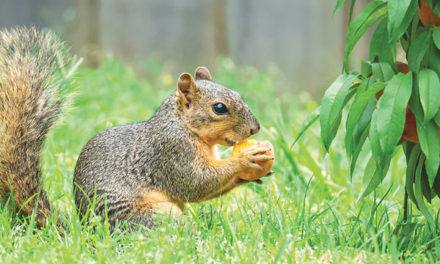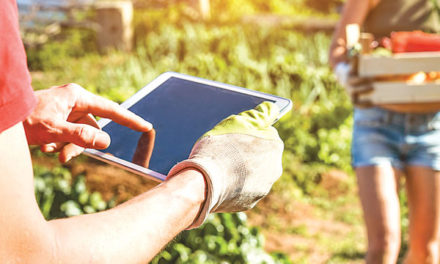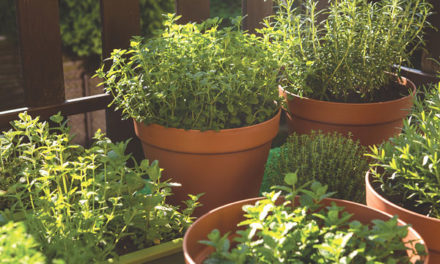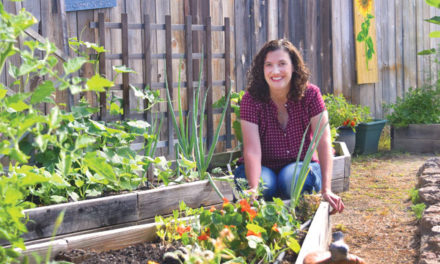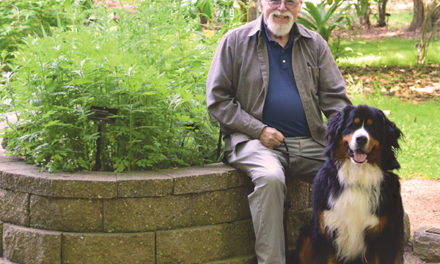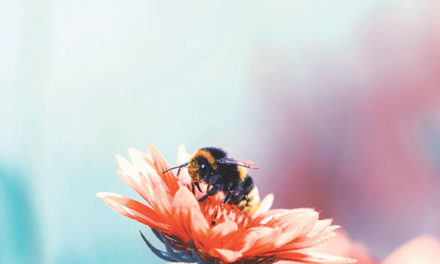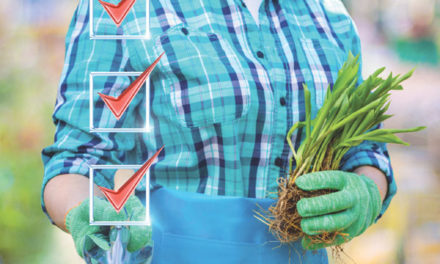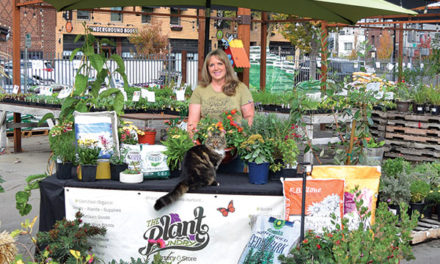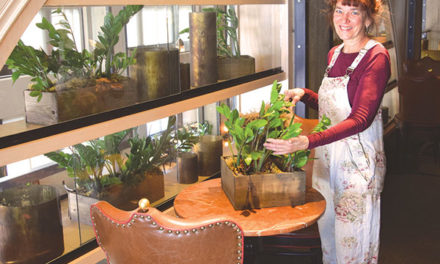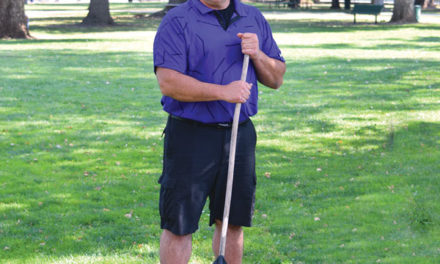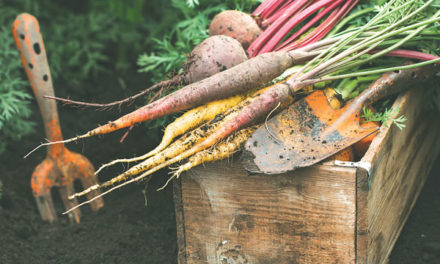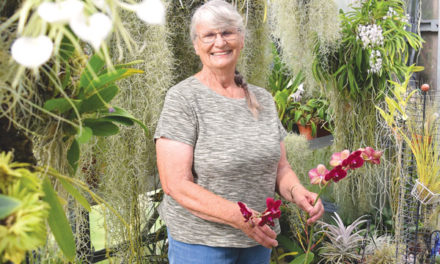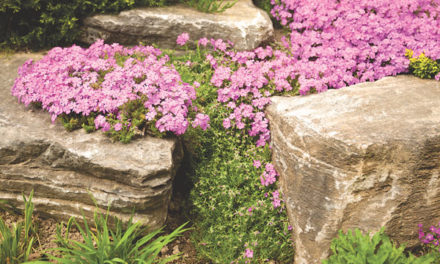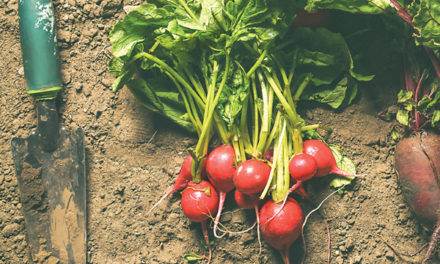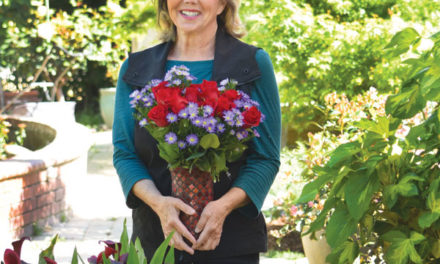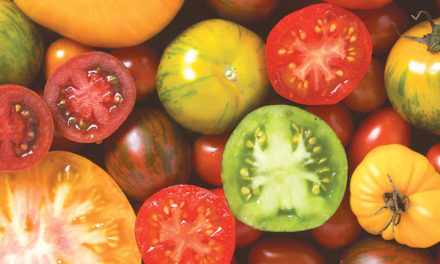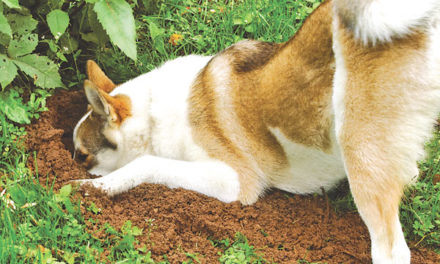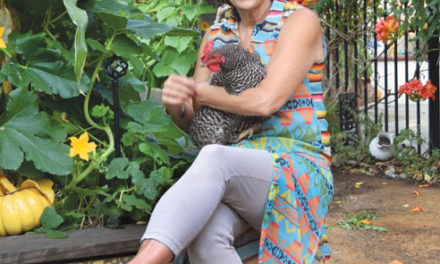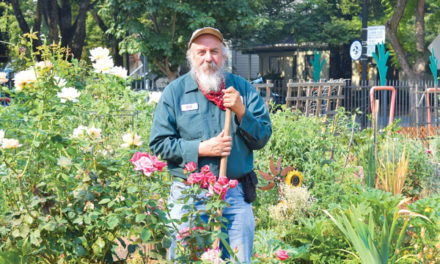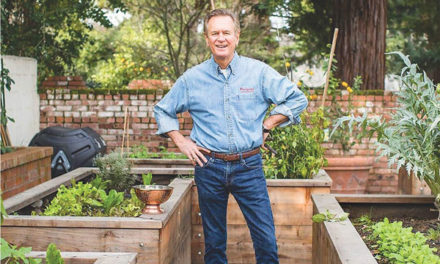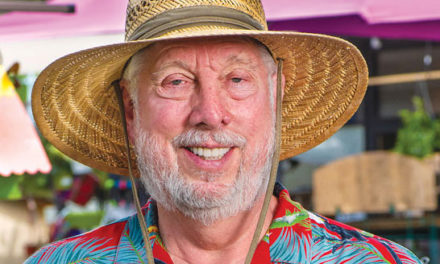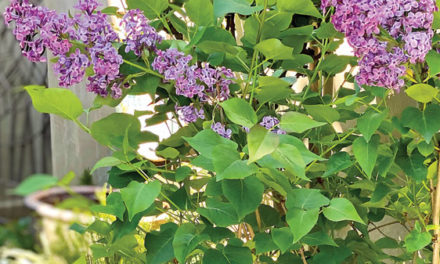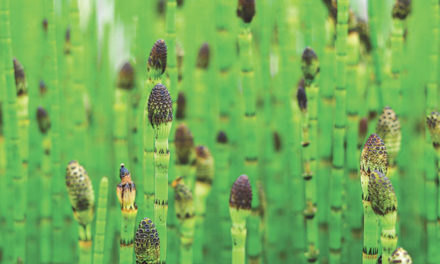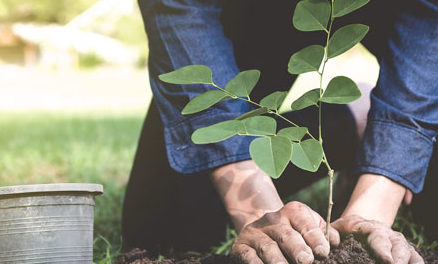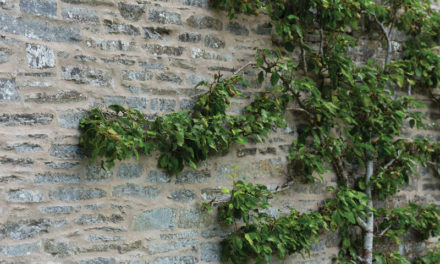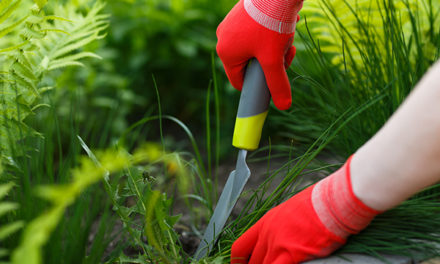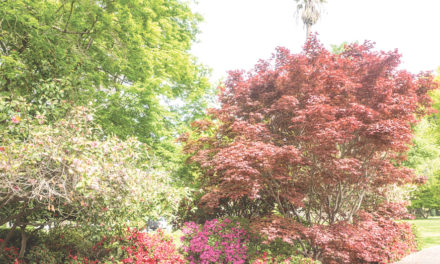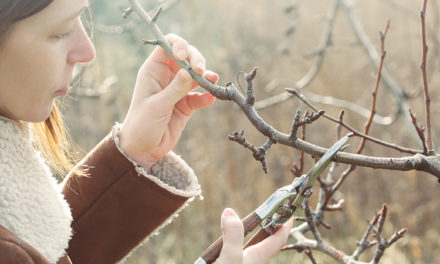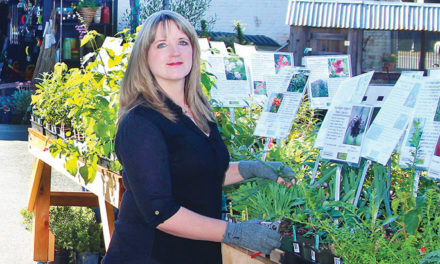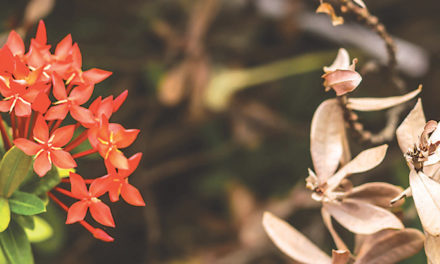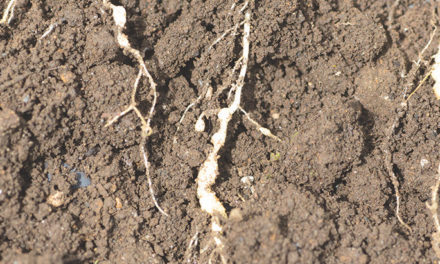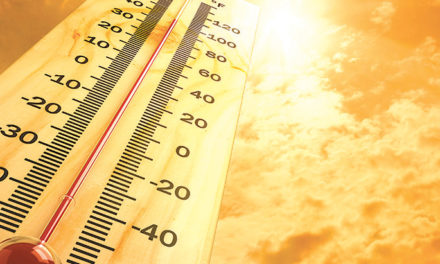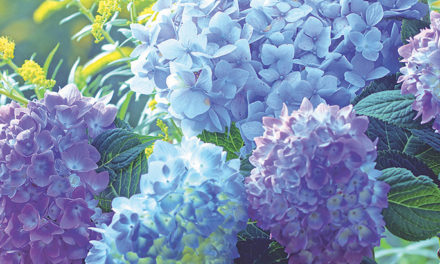The Garden of Good
What growers can learn from Sacramento’s Casa Garden
By Anita Clevenger
May 2018
In the early 1970s, a group of women approached the Sacramento Children’s Home board with a fundraising idea: Why not build a restaurant and garden on a vacant lot next to the home on Sutterville Road and staff it with volunteers? The board didn’t expect the venture to last but agreed to give it a try.
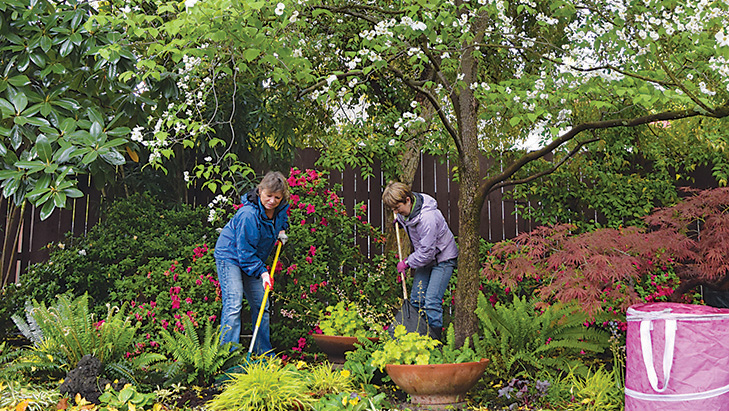
They funded construction of a building that could be converted to other purposes when the endeavor came to what they felt would be its inevitable end. Casa de los Ninos opened in May 1974, and it still thrives today as Casa Garden. Over the years, its parent nonprofit, Los Ninos Service League, has contributed more than $2.9 million to the home, working to address the needs of children and to strengthen families. Nearly 300 volunteers plan and prepare the food, serve in the dining room and maintain the gardens. The facility has just two paid staff positions: a professional chef and restaurant manager.
While a restaurant can’t succeed without good food, the name Casa Garden reflects the integral part that the gardens play. They were planned along with the construction of the building. The gardens have always been designed and led by a volunteer, usually a
woman. The current garden manager is Carolyn Horn. “The gardens are what draw people here,” she says.
Plantings are designed to provide color all year long. Flowers greet you as you enter the grounds, surround you on the terrace (used for weddings and other events), adorn the event center courtyard and brighten the view from every window in the restaurant. It feels like a “secret garden,” says Horn, adding, “It’s labor intensive but worth it.”
Many of the mature plants reflect what was in style in Sacramento more than 40 years ago, when azaleas, camellias and rhododendrons were in vogue. Spring is when they are at their peak. These plants hearken back to a simpler time when many homes had azalea foundation plantings and Sacramento was known as the Camellia City. A large white dogwood is spectacular in spring and has maroon leaves and bright-red berries in the fall, when the Japanese maples are at their colorful best. A ginkgo glows brilliant yellow then, too. Horn considers these shrubs and trees the garden’s “foundation.”
Fashions change, driven in part by water shortages. These are not drought-tolerant plants, although mature specimens do surprisingly well with regular, modest amounts of water and mulch to keep soil cool and moist. Decades ago, the garden relied on beds and containers of thirsty annuals to provide color. Horn has replaced them with a variety of bulbs and drought-tolerant perennials. Some containers are placed in strategic locations, filled with what Horn calls “soft perennials.” Fibrous begonias bloom for months and return year after year. Cyclamen brighten dull winter months. Dianthus work well, too, in containers or in the ground.
Horn is self-educated in horticulture, but she brings a lifetime passion for gardening to her task. She also uses considerable organizational skill to lead about 30 equally passionate garden volunteers who work in teams, usually for a few hours two mornings a month. As with most volunteer efforts, this is a multitalented group. One is a UC Master Gardener. The oldest volunteer is 87 years old and comes to prune armed with her own reciprocating saw.
What can a home gardener learn from this garden? Try to retain established shrubs and trees, which can give year-round structure and seasonal color to a garden. You can make your garden more water efficient by planting areas with drought-tolerant plants. Don’t design your landscape to be seen only from the outside. Instead, consider the view through your windows. Create a garden that has surprises and discoveries around the corners. Draw the eye with flower-filled containers. You don’t have to rely on a garden professional for design. Trust your own ideas and make your garden your own.
Passionate as the garden volunteers are about plants, they share their passion for the mission of Casa Garden with the restaurant volunteers. Many of the gardeners also help serve and cook.
May is the time when the azaleas finish up their spring bloom and late-blooming bulbs such as crocosmia and Scottish bluebells (Campanula rotundifolia) form a naturalized carpet through the grounds. Visit the Casa Garden website, casagarden.org, for information about the restaurant, special events such as Mother’s Day brunch, and bookings. You can also sign up to volunteer. Sacramento Children’s Home is one of Sacramento’s oldest charities, founded in 1867. Help keep it going.
Anita Clevenger is a Lifetime Sacramento County UC Master Gardener. For answers to gardening questions, call the UC Master Gardeners at (916) 876-5338 or go to sacmg.ucanr.edu.



